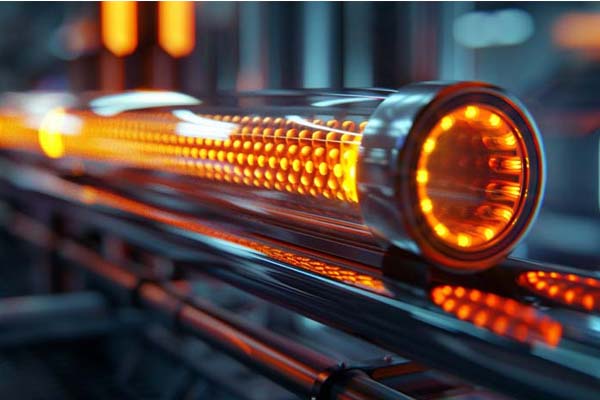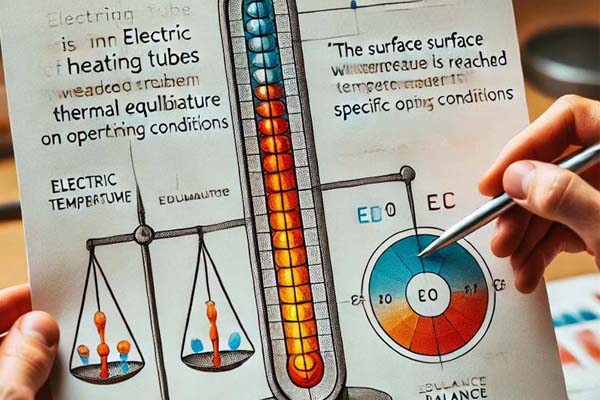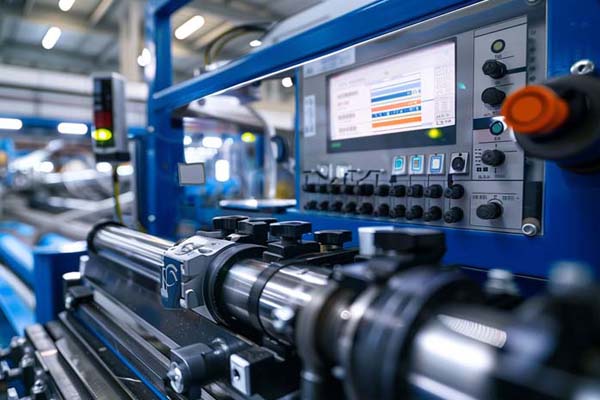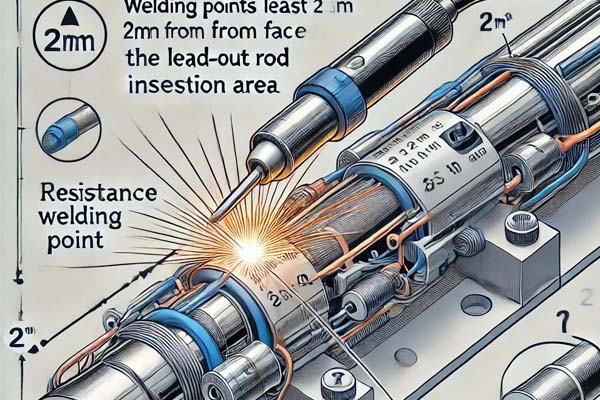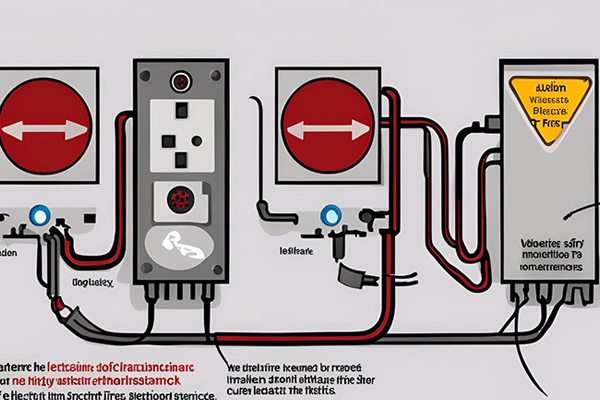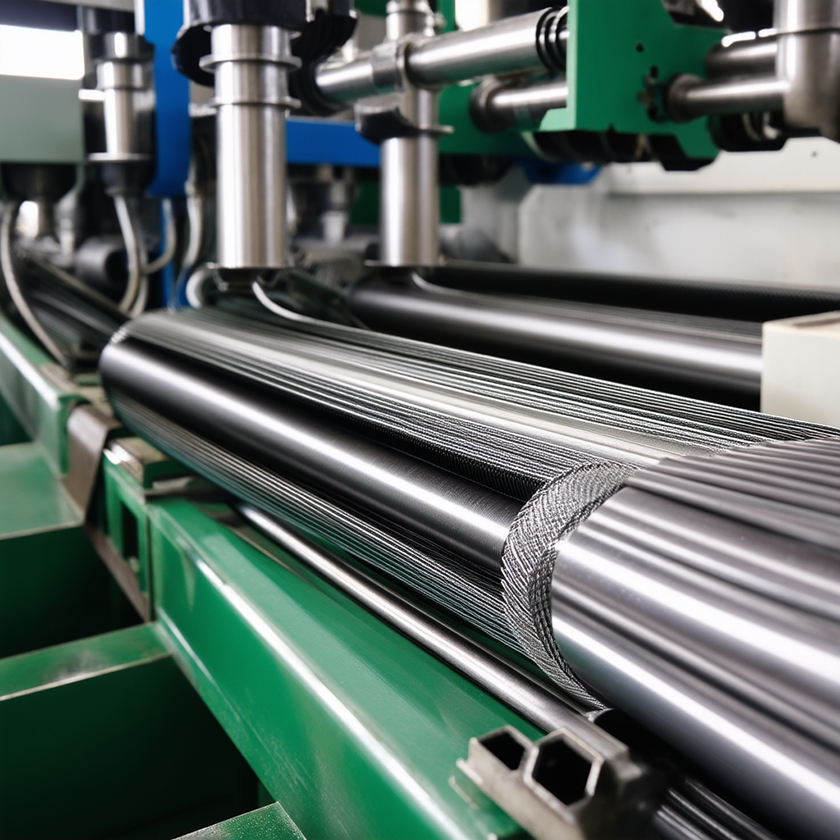Electric heating tubes are essential heating elements used in various industrial and everyday applications. Their operation is primarily based on resistance heating. In the use of electric heating tubes, the relationship between surface temperature and electrical power (load) is a crucial technical parameter that directly impacts the efficiency, safety, and lifespan of the equipment.

1. Basic Principles of Electric Heating Tubes
Electric heating tubes generate heat by passing an electric current through a high-resistance heating element, usually made of nickel-chromium alloy or iron-chromium-aluminum alloy. These heating elements are encased in insulating material and further protected by a metal sheath. The heat output of an electric heating tube is proportional to the input power, while its surface temperature is influenced by various factors, including the material of the heating element, the structure of the heating tube, power density, and cooling conditions.
2. Relationship Between Surface Temperature and Load
The surface temperature of an electric heating tube is a key indicator of its performance and safety. Generally, as the load (electrical power) increases, the surface temperature of the heating tube also rises. This occurs because more electrical energy is converted into heat and accumulates on the surface of the heating tube. However, this relationship is not linear and is affected by several factors:

– Power Density: Power density refers to the power load per unit surface area. Higher power density typically leads to higher surface temperature, but exceeding a critical point may cause the heating tube to fail due to overheating.
– Cooling Conditions: Good cooling conditions, such as the use of thermal paste, heat sinks, or forced air cooling, can reduce the surface temperature of the heating tube.
– Ambient Temperature: Higher ambient temperatures result in poorer heat dissipation, leading to a higher surface temperature of the heating tube.
3. Considerations in Design and Application
When designing electric heating tube systems, it is essential to consider the relationship between surface temperature and load to ensure efficient and safe operation. Designers often set a maximum allowable surface temperature to prevent material damage or safety hazards caused by overheating. Additionally, selecting the appropriate power density and cooling measures is crucial.

In practical applications, monitoring the load and surface temperature is equally important. This can be achieved through temperature sensors and control systems, which dynamically adjust the power output to prevent overheating.
The relationship between the surface temperature and load of electric heating tubes is a complex topic influenced by various factors. A deep understanding of this relationship can help optimize the design and use of electric heating tubes, ensuring efficient and safe operation. Accurate temperature control and load management can extend the service life of heating tubes and improve their operational efficiency.

Founded in 1999, Tonley Machinery is located in Xinping Town, Huiyang District, Huizhou City, Guangdong Province. The company integrates research and development, production, and sales, specializing in the production of fully automated electric heating tube equipment. As a leading manufacturer of electric heating tube equipment in China, Tonley Machinery has passed ISO9000 and CE certifications, with several products patented. The company not only has a significant presence in the domestic market but has also successfully expanded to international markets, earning widespread recognition and praise. Tonley Machinery continues to provide efficient and reliable heating solutions to global customers with its superior product quality and innovative technology.

